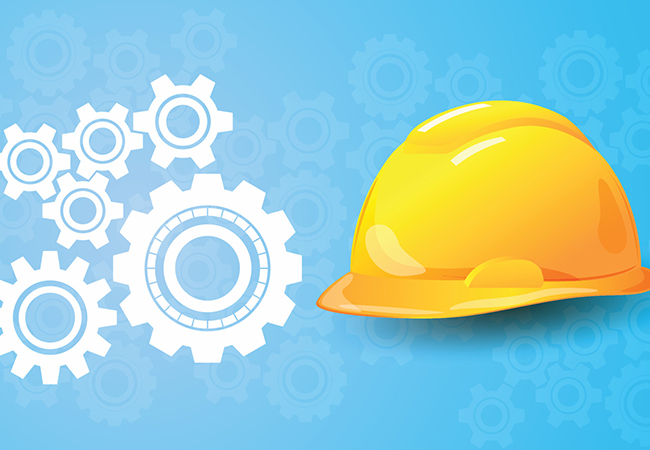flying toasters ⚡

Frameworks constantly change. It goes with the territory of application development. If you rely on purpose built applications to run your business, then chances are that you’ve encountered the headaches associated with updating those applications when there is a major update to an underlying framework. Since my expertise is in open source development, I’ll focus on Laravel, specifically (www.laravel.com).
Laravel is a great framework. It’s written in PHP, and they’ve included everything you need to communicate with several different types of databases, create user accounts, handle email, and many other common tasks. Typically, we use Laravel as part of a LAMP (Linux, Apache, MySQL, PHP) application stack. All of these pieces together would be the underlying framework for your web application. From time to time, these underlying software technologies will release an update that fixes security issues or adds improved functionality. Sometimes, an update of one piece will necessitate an update of another piece. And sometimes, when you attempt to update these things, things break.
When you develop an enterprise application, it takes a lot of analysis, planning, and hours of coding. You don’t necessarily want to lose all that due to a platform update. Sometimes, it does make sense to re-write an application, but often, it makes more sense to reconfigure the application so that the underlying framework can be updated without losing the application logic. Sometimes, this can be tricky.
Laravel is written in PHP. Laravel is only backward compatible to a certain number of PHP versions. The reason why is because sometimes syntax or built in functionality in PHP changes with an update, and then pieces of Laravel that use old syntax or built in functions that have been deprecated break. It’s not always easy to overcome this. The bigger the application, the more difficult it becomes to update the syntax and functions that are causing errors. However, it is usually possible. By installing a fresh instance of Laravel, you can usually save the routes, models, controllers and other pieces and fix each error one by one. This allows you to save your application logic and functionality, and run the latest version of Laravel and PHP.
If you need help updating an older application to run on a newer or updated server, we can help! Visit our contact page and tell us about it.
Contact Us